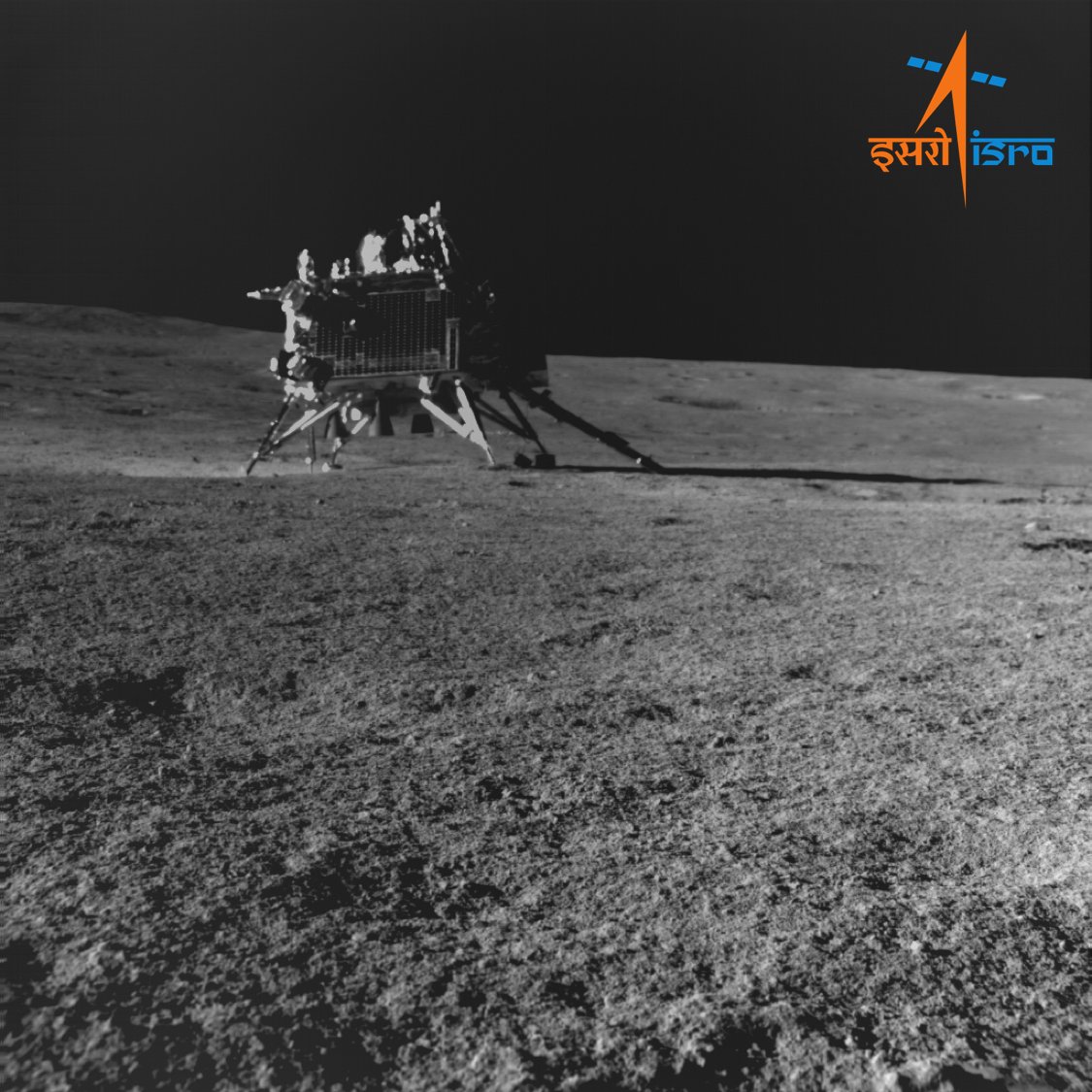At the end of the summer of 2023, a historic event took place on the Moon. India could land the Chandrayaan-3 spacecraft on the surface of our natural moon. A soft landing was carried out near the South Pole of the Moon. It was a great victory for the Indian space program, because no other country had ever reached this part of the moon before.

However, not everyone in the world agrees with this outstanding achievement. Chinese scientists have expressed doubts about whether the Chandrayaan-3 landing can be considered a conquest of the South Pole of the Moon. Ōuyáng Zìyuǎn, one of the leaders of the Chinese lunar program, believes that this mission does not meet the criteria for recognition as such. His argument is that the spacecraft landed at latitude 69° south latitude, which is 600 kilometers from the South Pole.
The dispute lies in the understanding of the very concept of the “South Pole of the Moon“. NASA defines this area as an area from 80° to 90° south latitude. China understands it differently and defines it in the range from 88° to 90° south latitude, taking into account the inclination of the axis of rotation of the Moon at 1.5°.
Ōuyáng Zìyuǎn supports his thoughts with scientific arguments, noting that there is no mention of poles or circumpolar regions in Indian scientific texts. Therefore, according to him, the first spacecraft that will really conquer the South Pole of the Moon may be a Chinese spacecraft, which is scheduled to fly in 2026.
This discussion is of great interest among space researchers and scientists and indicates that determining the boundaries of the South Pole of the Moon may be a matter of great scientific and practical importance in the future. The decision of the international space community will affect further research and development of this mysterious area of our cosmic neighbor.
Earlier we reported how Chandrayaan-3 found a lot of sulfur on the Moon.
According to scmp.com
Follow us on Twitter to get the most interesting space news in time
https://twitter.com/ust_magazine
